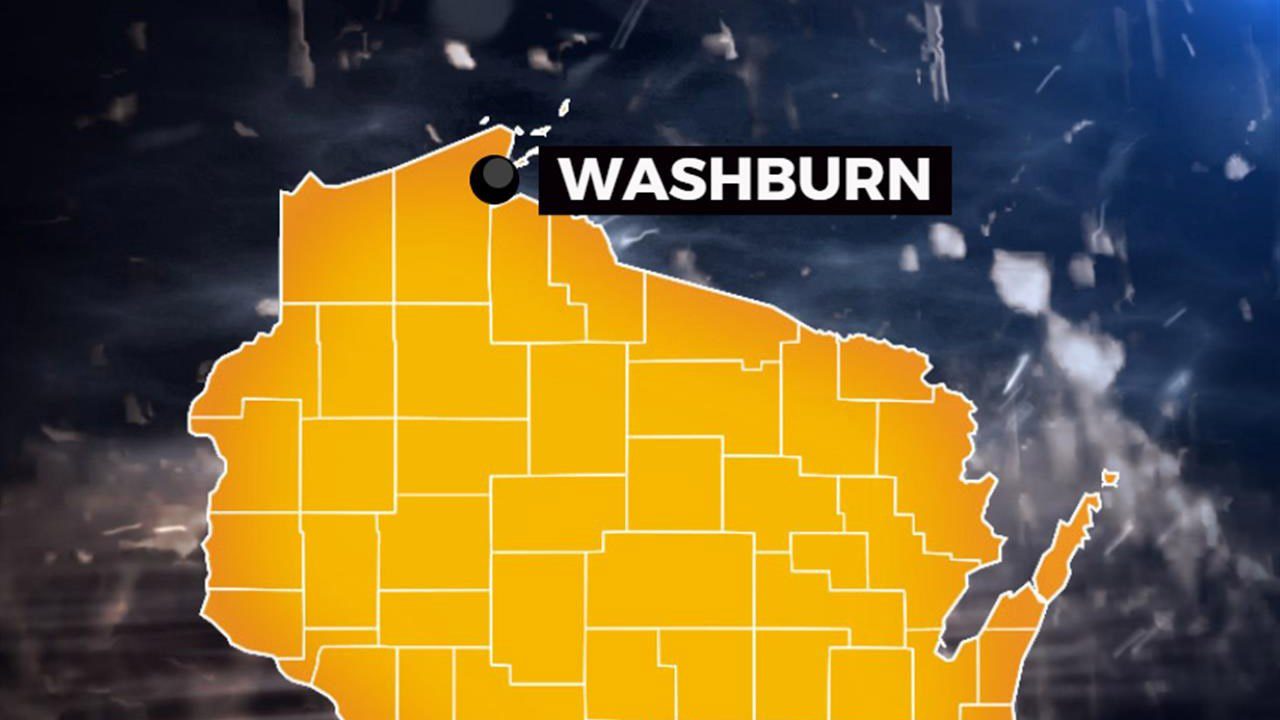Washburn’s wastewater infrastructure strained, expected overflow threatens Lake Superior
[anvplayer video=”5172129″ station=”998130″]
Washburn Wisconsin’s wastewater treatment facility has seen over 3.4 million gallons of incoming water over the last several days, exceeding the plant’s designed emergency capacity due to melting snow.
“The treatment plant here is getting extra water right now because of warm temperatures and melting snow,” said Scott Kluver, Washburn’s City Administrator. “This [extra water] is coming largely from older sewer mains and laterals. We had very little frost this year, so the ground is very wet. That is seeping inside the sewer pipes. It’s coming in too fast.”
“Also, foundations,” said Kluver. If you have a home with a leaky basement, and water is running into the drain in your basement, that will come to the treatment plant.”
Sump pumps tied into basement drains are also sending water to the plant, so officials are asking Washburn residents to make sure their sump pumps are draining into their yard or the street.
“The only thing that we can really do at this point is ask people to reduce water usage,” said Kluver. “That likely will not prevent it, but it will hopefully reduce the duration or the amount of water coming in the treatment plant, to buy us more time.”

Washburn, Wisconsin is in Bayfield County.
The extra water entering Washburn’s plant is what officials call “clear water,” so in the event of an overflow, the impact on the Lake’s ecosystem may be less severe.
“In cases like this, because of dilution the potential impact to human health and the environment is a lot lower than it would be if it were raw wastewater that didn’t have any solution associated with it,” said Eric deVenecia, a Wastewater Engineer with the Wisconsin DNR. “It has also received some preliminary treatment which also helps reduce any contaminants that may be present.”
However, while in this case the wastewater may be significantly diluted, officials say even that can be hazardous.
“The public should avoid contact due to the presence of bacteria,” said deVenecia.
At 2:00 PM Wednesday, water levels in the basin were still a few feet shy of overflowing.
“We still have a couple of feet here of capacity, said Kluver. And you know, if we can get through today maybe we will be okay, but reducing water use is really the only thing that people can do to help us.”